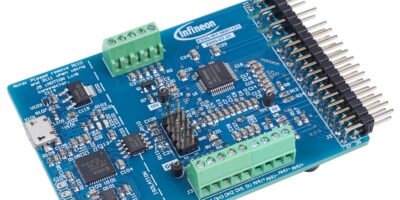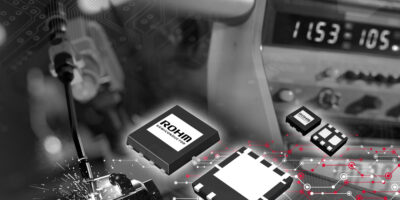The IMD110 SmartDriver smart motor controller family combines the iMotion motion control engine (MCE) with a three-phase gate driver. The integrated gate driver is based on Infineon Technologies’ silicon on insulator (SoI) technology. Supplied in a compact package, the gate driver can drive a wide variety of MOSFETs and IGBTs in variable speed drives, says Infineon Technologies. The family uses the MCE 2.0, which provides a ready-to-use motor and, optionally, power factor correction (PFC) control. The MCE can be applied to control the motor, allowing customers to focus on ther system design.
MCE 2.0 implements efficient field-oriented control (FOC) in sensorless or Hall- based motor inverters. The wide operating voltage of the SOI gate driver addresses battery and mains powered motors and is claimed to deliver “market-leading robustness and reliability”. An integrated voltage regulator enables several supply schemes and reduces the bill of materials (BoM).
The IMD110 devices are pre-certified for applications requiring functional safety according to UL/IEC 60730 (Class B). Typical applications are motors in home appliances as well as fans and pumps.
The IMD110 devices are in mass production now. They are supplied in LQFP-40 packages which are pin-compatible with LQFP-48 packages.
Infineon also offers two control boards for the iMotion Modular Application Design Kit (MADK). The iMotion MADK (pictured) is a modular development platform providing a wide range of control and power board options for motor drive applications up to 1kW.






